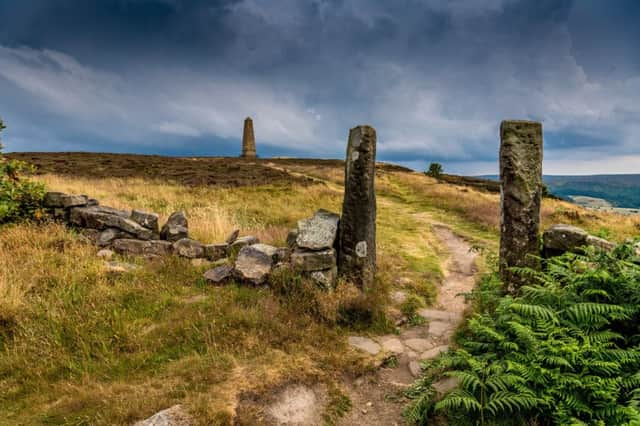Fitting monument to Yorkshire hero of high seas


The monument to Cook, who set forth on his first expedition to the South Seas 250 years ago as he led a scientific voyage on the HMS Endeavour, has stood in the National Park above Great Ayton on Easby Moor since 1827 after its building was arranged and paid for by Robert Campion, a banker from Whitby.
The 60ft monument bears a plaque paying tribute to Cook, who was born in the village of Marton in 1728, as “a man of nautical knowledge inferior to none, in zeal prudence and energy, superior to most”. It goes on to lament the “inexpressible grief” of his countrymen at Cook’s death in 1779, when he was killed during his third exploratory voyage in the Pacific, and adds: “While the art of navigation shall be cultivated among men, whilst the spirit of enterprise, commerce and philanthropy shall animate the sons of Britain, while it shall be deemed the honour of a Christian Nation to spread civilisation and the blessings of the Christian faith among pagan and savage tribes, so long will the name of Captain Cook stand out amongst the most celebrated and most admired benefactors of the human race.”
Advertisement
Hide AdAdvertisement
Hide AdThe purpose of Cook’s first voyage, which has been marked this month by a festival of celebrations in Whitby, was to observe and record the transit of Venus across the Sun to determine longitude. But the trip, which lasted for three years, also visited Australia, New Zealand and several Pacific islands, coming back with huge quantities of important new findings about animals, plants, geography, weather patterns and astronomy. Cook’s successful adoption of the experimental treatment of ensuring sailors ate citrus fruits on the voyage also played a leading role in bringing an end to the previously deadly scourge of scurvy.
Technical Details: Nikon D5 camera, Nikon 24-70mm lens, exposure of 1/400th sec @ f8, ISO 100.